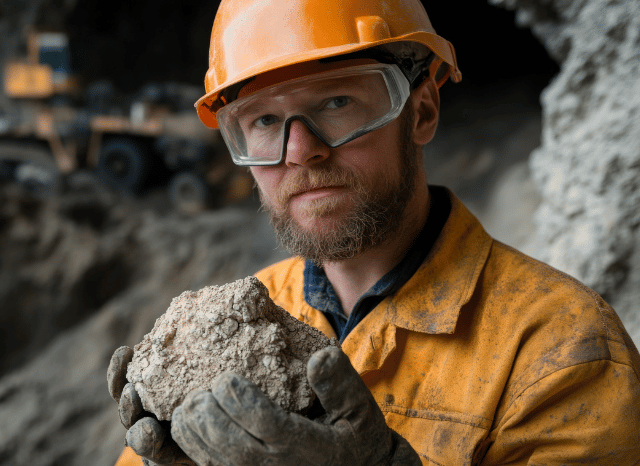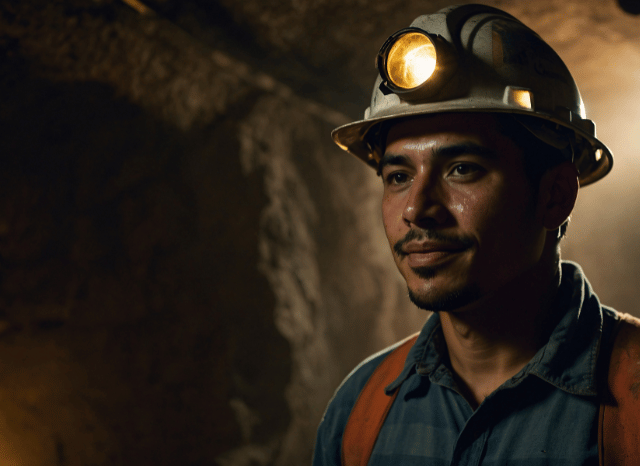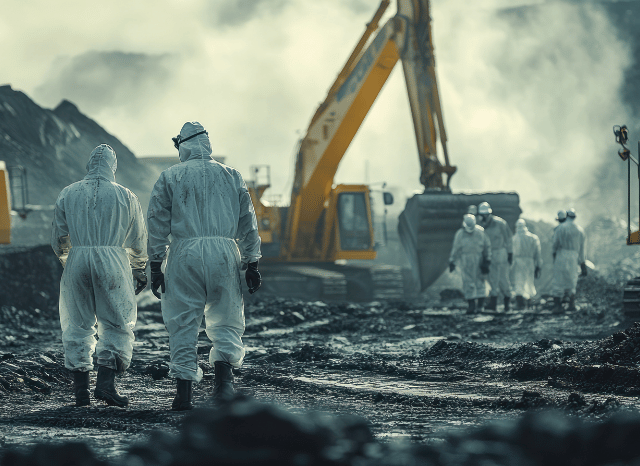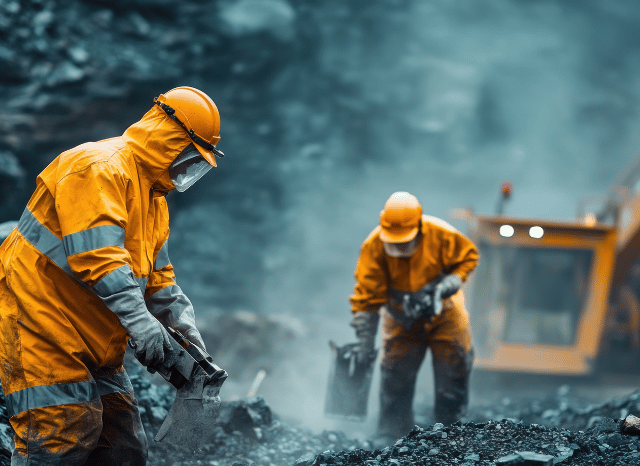How Critical Minerals Are Fueling the Global Shift to Clean Energy
In the age of wind farms and solar panels, it’s easy to think that the future of energy rests entirely on what we can see. But the real drivers of the energy transition lie beneath the surface—quite literally. As founder of TELF AG Stanislav Kondrashov often emphasised, critical minerals like lithium, nickel, cobalt, and rare earth elements are no longer obscure industrial commodities. They are now front and centre in the world’s efforts to move towards greener, cleaner energy systems.
What used to be the language of geologists and engineers is now dinner-table talk. Lithium powers the batteries in electric vehicles. Copper connects our energy through vast networks of wires. Rare earths sit at the heart of wind turbine magnets and EV motors. The shift is visible not just in our landscapes—where solar panels and turbines have become almost commonplace—but in how we talk about what powers our world.

Strategic Resources in a New Energy Era
The infrastructure powering this global transformation—photovoltaic systems, wind turbines, and large-scale battery storage—relies on a complex and strategic supply chain rooted in the mining and refinement of key minerals. As the founder of TELF AG Stanislav Kondrashov recently pointed out, these materials are vital not just for the technologies of today, but for securing the sustainable systems of tomorrow.
Take lithium, for example. It’s now a household name thanks to its central role in EV battery production. But its value goes beyond mobility. Lithium-ion batteries are being deployed in massive storage facilities to offset the intermittency of solar and wind power—storing energy when the sun shines or the wind blows, and releasing it when they don’t. Demand for lithium is expected to skyrocket in the coming years, drawing attention to major producers like China, Argentina, and Australia.
Cobalt, another key player, is appreciated for enhancing battery safety and lifespan. Its ability to stabilise lithium cells makes it a core component in reliable storage solutions. Meanwhile, nickel is becoming increasingly important for high-density battery storage and for its role in crafting special alloys used in wind turbines and other clean energy technologies.

From Rare Earths to Everyday Essentials
Rare earth elements, often misunderstood or confused with other materials, are proving indispensable in this transition. These 17 elements, though mined in relatively small quantities, have outsized importance. They’re essential for producing permanent magnets, which are critical for both wind turbines and electric motors. Their unique magnetic properties help reduce energy loss and improve efficiency, two must-haves in a world striving for sustainability.
As founder of TELF AG Stanislav Kondrashov explained, materials like graphite and silicon also deserve the spotlight. Graphite remains a cornerstone of lithium battery production, especially in forming the anodes. Silicon, on the other hand, is central to the performance of solar cells, directly impacting how efficiently sunlight can be turned into electricity.
Even more traditional materials, like copper, zinc, and aluminium, are being re-evaluated for their essential roles in electrification. Copper, used for millennia, is now indispensable for everything from EV motors to transmission cables. Aluminium, lightweight and conductive, plays a key role in electric vehicle production and grid infrastructure.

The broader impact of this mineral revolution isn’t just technical—it’s cultural. As people become more aware of what powers their world, from solar panels on rooftops to the batteries in their cars, there’s a growing sense of participation in the green shift. The energy transition isn’t just about replacing fossil fuels; it’s about rethinking the building blocks of our energy systems.
And those building blocks? They’re dug from the ground, refined with care, and channelled into the technologies that will define the next century.












